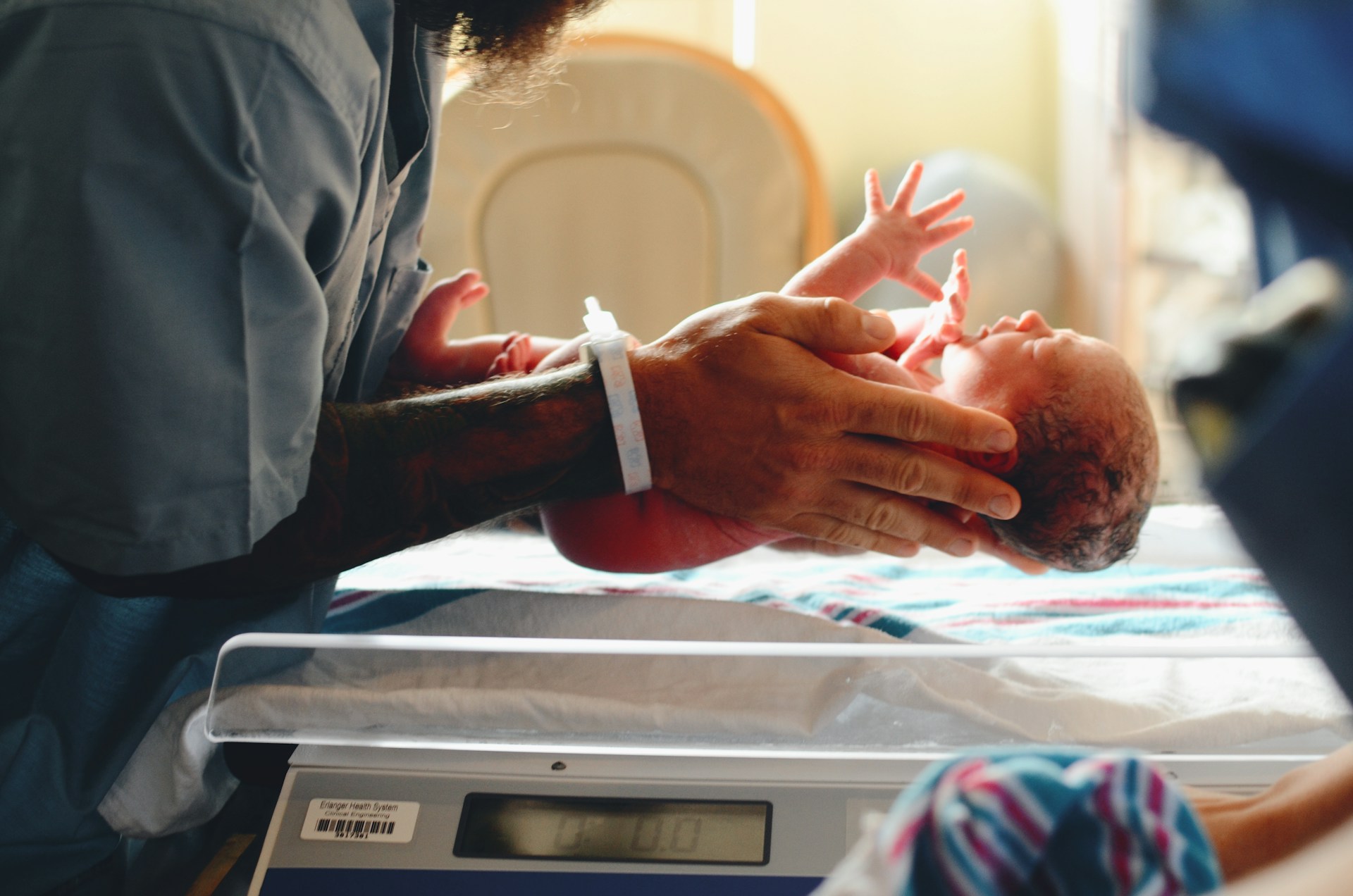Exclusive Pumping
Whether you have decided to exclusive pump by choice or by force, you should be proud of your commitment to this labor of love! Exclusive pumping is still breastfeeding and don’t ever let anyone tell you otherwise. It does not matter if your baby is getting the milk straight from the source or through a bottle, they are still getting the benefits of breast milk. I decided to exclusive pump by choice (but, to be honest, I never even tried to get him to latch and we did later find out he had a lip tie- so who knows if I would have been able to feed directly or not). When I first learned that I was pregnant, I decided that I wanted my baby to get at least a few months of breastmilk if possible. After deciding to exclusive pump (I didn’t even know it was called that at the time and did not know anyone who had done it, so I was starting from square one), I began researching as much as I could about it. To hopefully save you time from doing all the research I did, I’ve compiled some tips, schedules and products that were helpful for me during my exclusive pumping journey. I won’t lie to you and say it was easy. It’s a lot of work, a lot of washing pump parts (especially in those early days) and a lot of feeling like your life revolves around the pump schedule in those early days, but it is do-able (and the new wearable pumps I will share later make it less difficult!)
This post contains affiliate links. When you make a purchase through the links in this post, I may earn a small commission at no extra cost to you. I only endorse products I believe in.
Schedule: (by age) As a general rule, you want to pump for 120 minutes/day, so the less number of pumps you are doing, the longer the pumping sessions are (example: 8 pumps/day = 15 minutes each session; 4 pumps/day = 30-minute sessions); These rules do not apply once you get to 1-2 pumps a day since you are weaning at that point. Also, if you are breastfeeding as well- the 120-minute rule does not apply to you since you are not exclusive pumping. Also note that this rule is not set in stone for every mama. You will have to trial and error some to see what your body best responds to. For instance, 15 minutes did not really empty me fully so I always had to pump 20-30 minutes to empty.
Birth-3 months: 8 pumps/day- it’s very important to pump frequently to build up your supply (there are lots of articles and tips out there for increasing supply but the only tried and true ones that seem to work for everyone are increasing water intake and increasing the frequency of pumping- also eating oatmeal and drinking coconut water doesn’t work for everyone but I do hear that it helps a lot of people) If you have a low supply, do not beat yourself up. It is not your fault and if you’re already drinking a lot of water and also pumping frequently, you are doing your part! Sometimes it’s just genetics and certain people have lower supplies. I was one of those people. Thankfully another mama friend who was an over supplier was generous and donated milk to us but we also supplemented with formula because I was not producing enough. If you have to supplement with formula, that is OKAY! Do not beat yourself up about it- ANY amount of breastmilk your baby is getting is beneficial!
3-6 months: 6 pumps/day (every 4 hours- if your baby is sleeping through the night at this point and your supply is okay you can stretch the night one longer than 4 hours to get more sleep)
6-9 months: 4 pumps/day (every 6 hours- if your baby is sleeping through the night at this point and your supply is okay you can stretch the night one longer than 4 hours to get more sleep)
9-11 months: 2 pumps/day (every 12 hours)
12 months and beyond: 1 pump/day
Pumps: I actually ended up with quite a few different pumps (insurance paid for 2 and I had friends passing theirs down once they were finished having kids) and I can’t really say that I had a favorite. I liked them all. The wearables are extremely convenient and are great for on the go. I’ve used them to pump in the car while on the go and also while walking through the grocery store. I also had the Medela and Spectra and I did not feel like either helped me more with supply (I was a low producer though). I did like that the Spectra could charge and then be away from the power source so that was nice for moving around the house or taking in the car. I had the Elvie wearables and for me I got the same amount pumping with those as I did the normal pumps, but I hear that is not the case for everyone. Some people say they do not get as much milk with the wearables as the bigger pumps.
Getting started: If you choose to exclusive pump, let the nurse who does your welcome visit at the hospital know that from the start (I’m not sure if all hospitals do this but ours had us come pre-register when I was like 36 weeks so that all the paperwork is already completed when you show up to have the baby). Once you have the baby, let your nurse know that you plan to exclusive pump from the beginning and most hospitals will provide you with a hospital grade pump and supplies to use while you are there. The staff at my hospital was very supportive of my decision and never tried to convince me otherwise and I hope you have the same experience! The lactation consultant at the hospital was also supportive of my decision and offered some tips to help me. One thing they do recommend is for your first month use a hospital grade pump instead of your normal ones at home. Normally you have to rent them by the month. That is totally up to you if you want to rent one, but for me, it did not seem to make a difference. I got the same amount of milk when pumping with the hospital grade one as I did when using my own at home.
Storage: I did the pitcher method where I would pour all the milk from that day into a pitcher and at the end of the day, I would make the bottles for the next day and then anything left went into storage bags for the freezer. There are brands that make pitchers just for this but I normally just used a protein shaker cup that we already had at the house or a mason jar (the shaker cups are easy to pour from too). For storage I used Milkies freeze storage to keep them compacted (and then they stay more in order by date too so you can use the older ones up first). I will link those and the bags I liked below (any brand of bags should be fine though). For thawing, I would recommend placing the bags inside a cup in the fridge because sometimes the bags leak when thawing and if you have them in a cup, you don’t lose any milk!
Feeding and Pumping: Since you are exclusive pumping and not directly breastfeeding your baby, you may need to pump and feed them a bottle at the same time. In the first few months when they are not as mobile, this is not as difficult because you can hook your pumps up and then prop the baby up and feed them at the same time (holding them/skin to skin while pumping can also help you get more milk). As they become more mobile and fling their arms and legs around while eating, they sometimes hit the lines or the pumps or grab onto the lines. The last thing you want is them to spill the milk! I found the wearable pumps to be very helpful during this time (especially at night if I was getting up by myself to pump and feed). A couple of other tips I have: 1. In the first week or two, bring your pump to the main area of the house where other people (your significant other) are. I made the mistake of keeping my pump in the baby’s room and I would go up there alone to pump. In the first week or two when you’re already having baby blues, I found that being alone made it worse. For me, this was the time when I would have those irrational thoughts or be sad for no reason and bringing my pumps down to the living room and pumping while I hung out with my husband and baby really helped. 2. Keeping a tiny fridge in the baby’s room and a bottle warmer was a huge help! I’ll link the ones we had, but the warmer we actually got from someone off Facebook marketplace since it was an extra one and not our main one. Our baby’s room is upstairs and the kitchen is on the main level so at night when we put him to bed, we would put 2 bottles of milk in his fridge and then for the middle of the night and early morning feeds the bottles were already there for us to use and we had the warmer in his room to warm them up quickly. The fridge was also a good storage spot for the milk I pumped during the middle of the night pump in those early months.
Links:
Pumps:
Medela https://amzn.to/3VXv4Cq
Spectra https://amzn.to/3VOpEd0
Elvie Pump https://amzn.to/4bwoCbn
Storage Bags https://amzn.to/3xR7rDJ
Freezer Storage https://amzn.to/4eSEEPE
Mini Fridge for Baby’s Room https://amzn.to/4eUPlBy
Bottle Warmer for Baby’s Room https://amzn.to/3xLG0v4

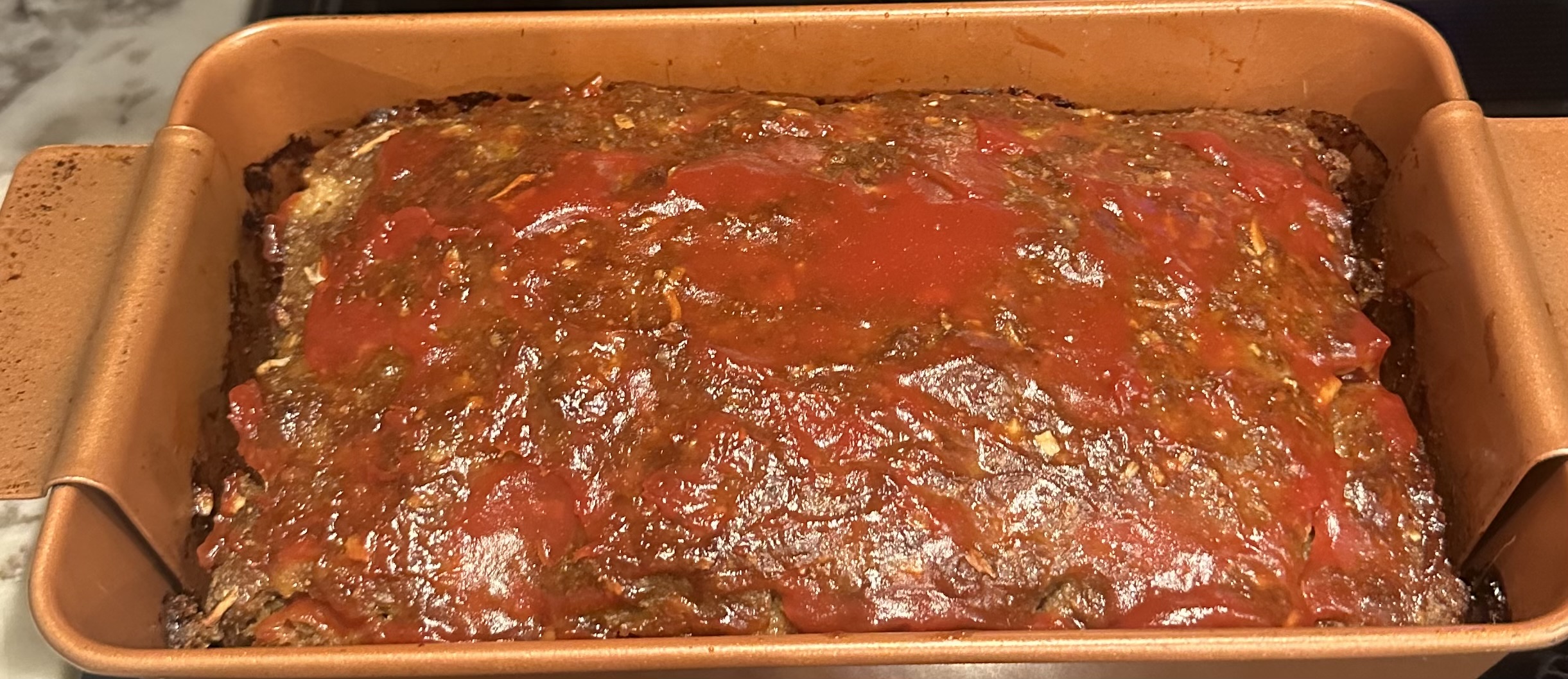
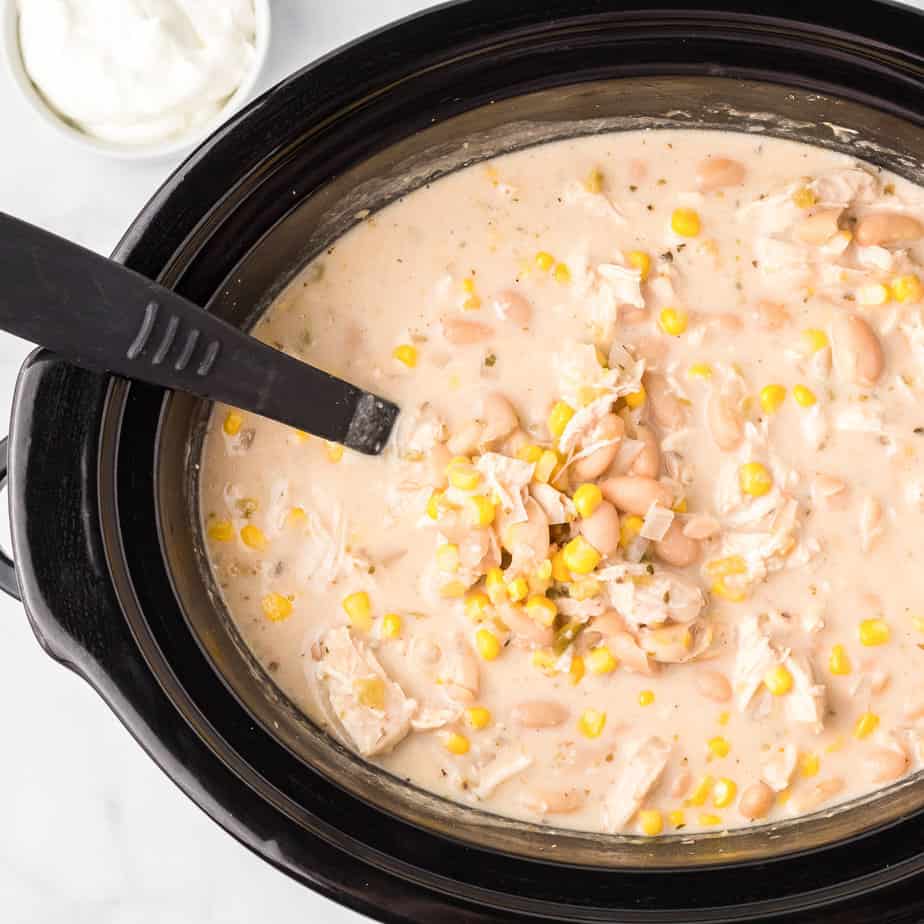
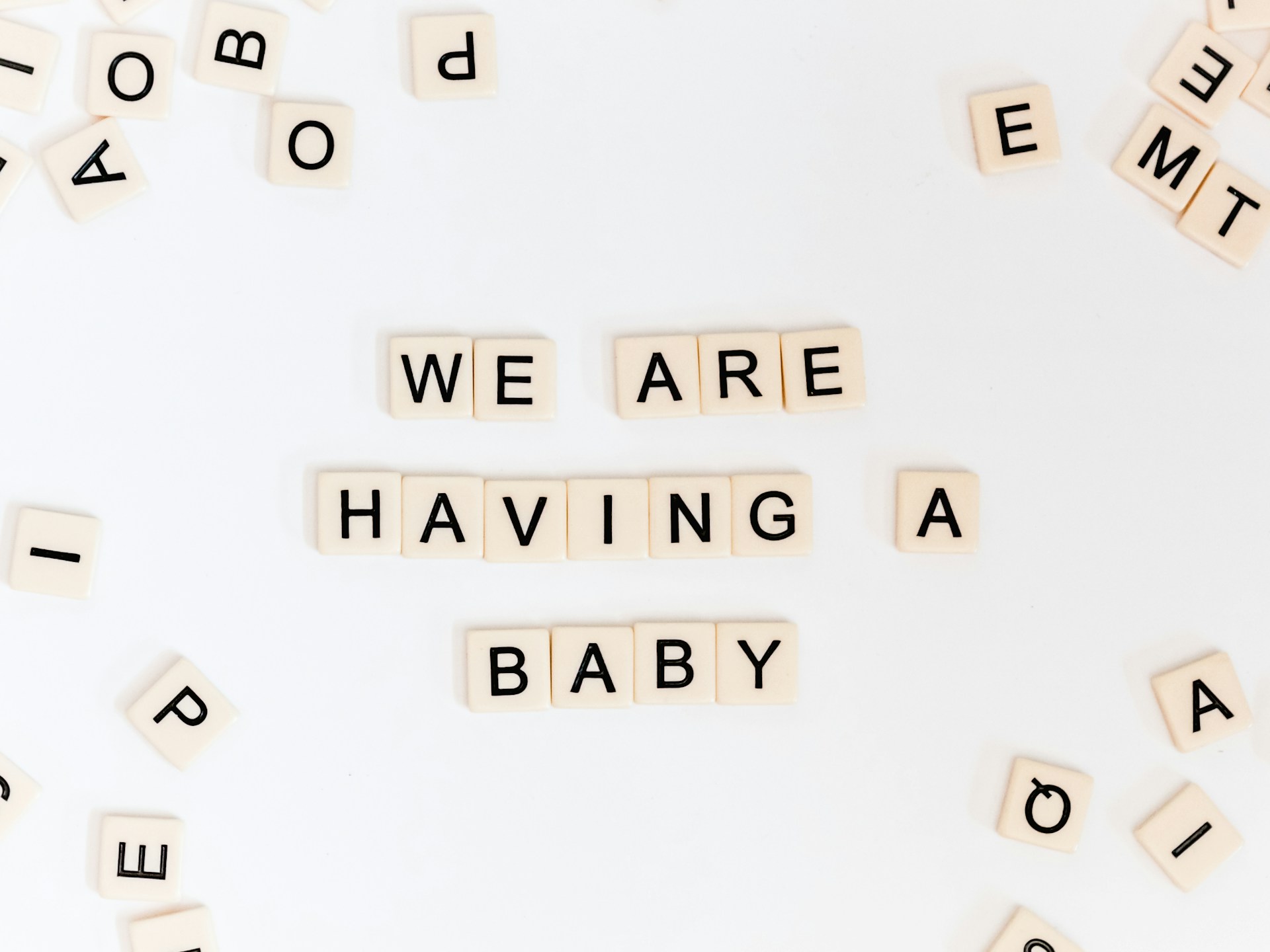
Baby Registry
If you’re expecting, first of all, congrats! If you’re like I was, you think you need every baby product ever made before you bring home your new addition. While these […]
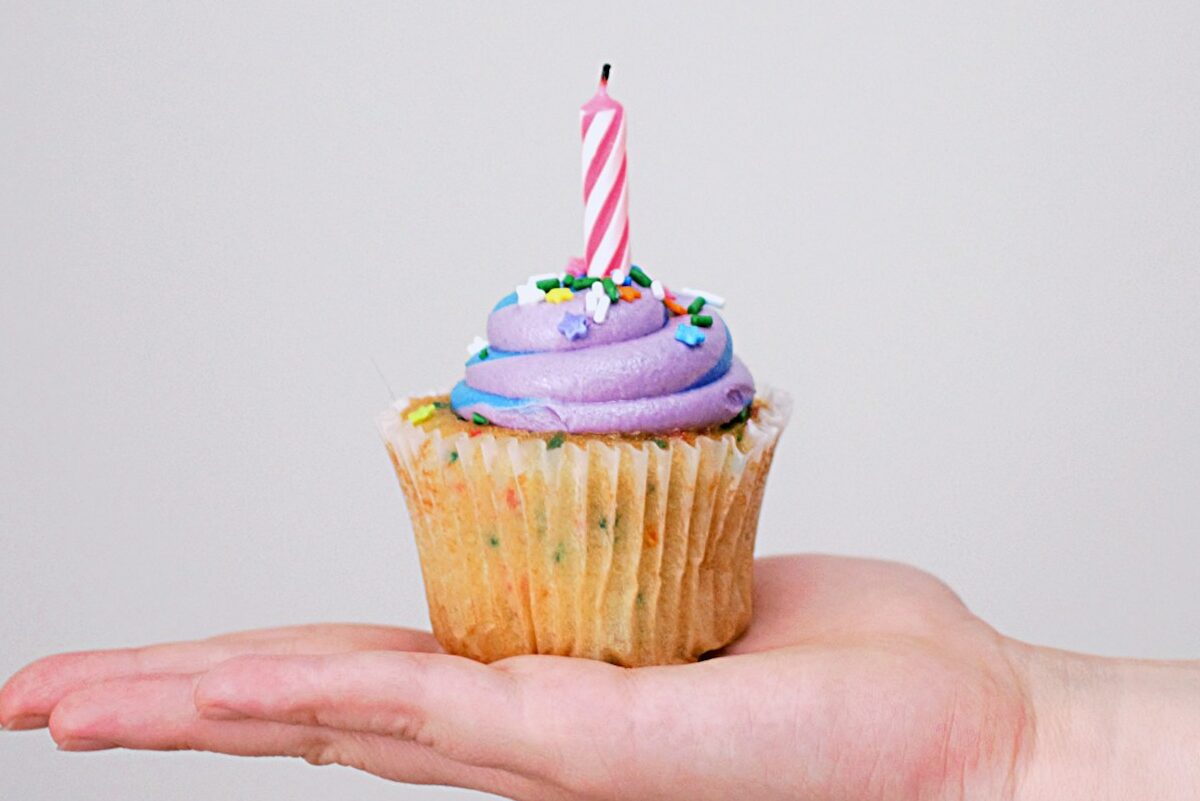
First Birthday Party Ideas
My Rookie Year/Rookie of the Year (baseball themed) Party kit: https://amzn.to/3zBxpf6 (includes backdrop sign, balloon boxes, baloon box letters, photo banner, 13 clips to hang photos, #1 balloon, high chair […]
